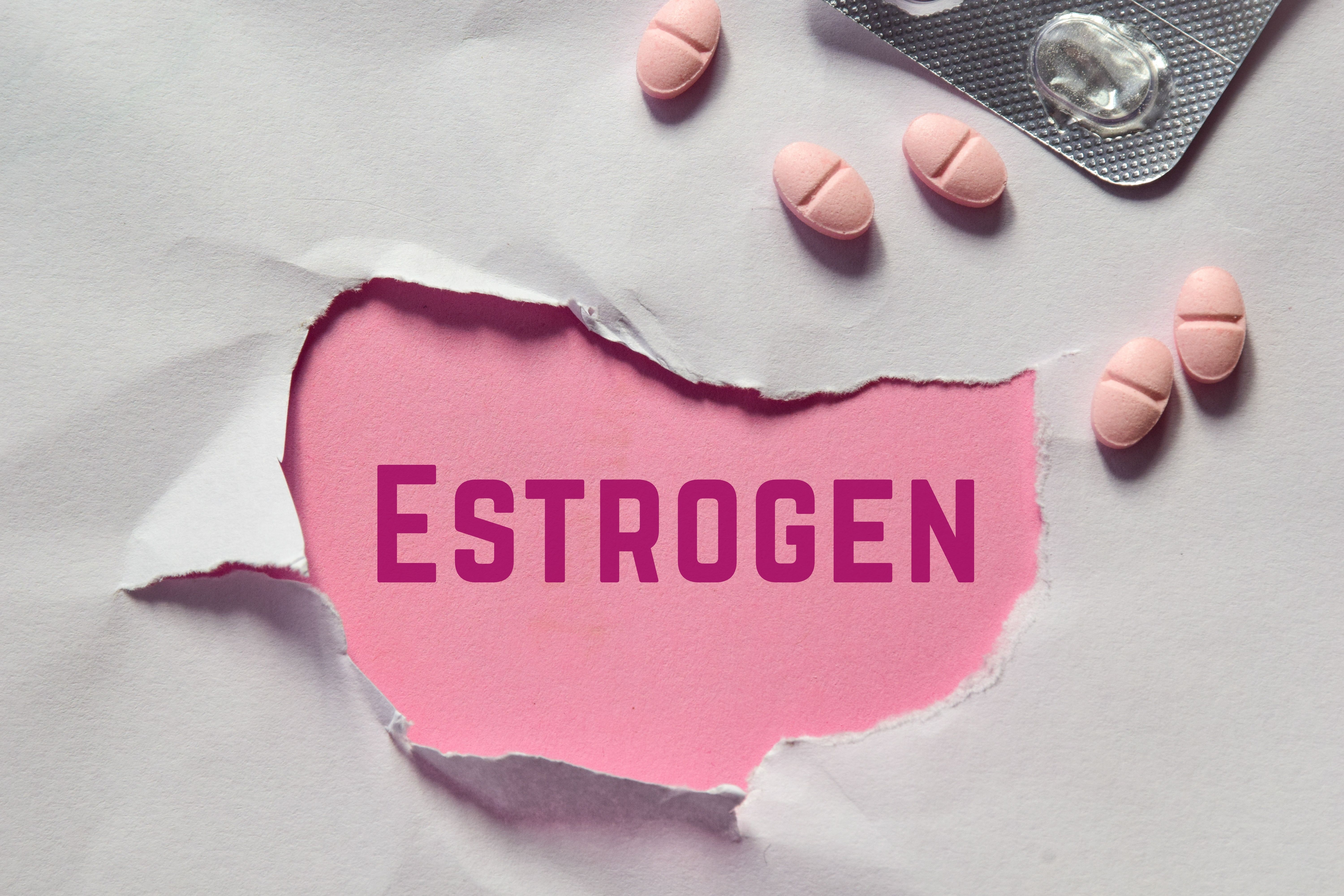Article
Maternal Deaths, and Disparities, Become a Grassroots Cause
Author(s):
Rates of maternal deaths have climbed over a generation in the United States while falling in other developed countries. African American women are more than 3 times more likely to die in childbirth than white women. A new federal law and efforts in states like New Jersey seek to turn the tide.
Since 1990, it has become safer to have a baby in Germany, France, England, and Japan, but that has not been the case in the United States, where the rate of mothers who die of pregnancy-related causes has skyrocketed over the past generation to 700 a year, or 2 a day. The crisis is acute among African American mothers, who are 3.5 times more likely to die in childbirth, or shortly afterward, than white women, according to the CDC.
Tennis star Serena Williams was almost among those numbers a year ago, when she suffered shortness of breath after a C-section and struggled to get hospital staff to take her complaints seriously. Her story pulled the tale of rising maternal mortality and morbidity—and huge racial disparities—from the obscurity of medical journals to the front pages of America’s largest newspapers. High-profile investigations in USA Today and The New York Times featured stories of new mothers whose deaths stemmed from preventable causes, like hypertension, and discussed a landmark 2015 study in Lancet that showed how poorly US maternity care compared with the rest of the developed world.
Maternal mortality and morbidity—an estimated 50,000 women experience injuries in childbirth each year in the United States—is a complex problem rooted in the lack of consistent healthcare during and before pregnancy. Mary-Ann Etiebet, MD, lead and executive director of Merck for Mothers, said the connection between lack of insurance and maternal mortality is being studied, and the need for healthcare before conception is being recognized.
“From our programs, we’ve learned that many women have not seen a provider since childhood and that for many women, pregnancy is a window of opportunity to establish a connection with the healthcare system,” she said in an email. “Without consistent primary care, many women may enter pregnancy with unmanaged chronic conditions, such as diabetes, and hypertension, that can contribute to complications during pregnancy, childbirth, and beyond.”
It all led to a rare bipartisan vote in Congress on a new federal law that President Donald Trump signed on December 22, 2018, which will promote better data collection to tackle the problem.
The American College of Obstetricians and Gynecologists (ACOG) hailed the passage of the law, which will provide funds to establish and support Maternal Mortality Review Committees (MMRCs) at the state level. These groups would be required to review every pregnancy-related death and develop recommendations to prevent future deaths. It also provides $12 million a year in new funds for 5 years for states to fund these committees.
“The passage of the Preventing Maternal Deaths Act has been a long-held goal for ACOG and is a crucial step to reversing our country’s rising maternal mortality rate,” the group said in a statement. “No more pregnant and postpartum women should die from preventable causes.”
Now, the hard part begins for physicians, state-level policy makers, advocates, and health plans. Understanding how to fix the maternal health crisis starts with a question: has care for pregnant women become worse over the past generation, or are we finally realizing just how bad it’s been?
Katy B. Kozhimannil, PhD, MPA, associate professor in the Division of Health Policy and Management at the University of Minnesota School of Public Health, where she is director of research at the University of Minnesota Rural Health Research Center, believes it’s the latter.
In an interview with The American Journal of Managed Care® (AJMC®), Kozhimannil said the data on maternal mortality have not been very good historically. CDC only began tracking pregnancy-related deaths in 1986; these are defined as “the death of a woman while pregnant or within 1 year of the end of a pregnancy—regardless of the outcome, duration or site of the pregnancy—from any cause related to or aggravated by the pregnancy or its management, but not from accidental or incidental causes.” Especially in the early years of tracking, data may have been inaccurate, since CDC depends on MMRCs in the states to report deaths and injuries.
When a mother dies in childbirth, Kozhimannil said, “It’s such a silencing experience that no one wants to talk about it when it happens. It’s something that should spark outrage, but it’s just so soul crushing.”
As family members mourn, they may fail to see themselves as part of a larger pattern, Kozhimannil said. And even when MMRCs exist, lack of staffing can stall data collection, as is the case in Minnesota. The panel there has not met in 2 years, she said.
The federal law and national attention to maternal mortality is generating action in the states, including an effort in New Jersey led by First Lady Tammy Murphy. Members of the General Assembly recently introduced a 14-bill package to address maternal mortality and racial disparities; despite the state’s relative wealth, New Jersey ranked 47th among the 50 states in maternal mortality on a recent report, America’s Health Rankings.
Medicaid Design Contributes to Disparities
Both Kozhimannil and New Jersey Assemblyman Herb Conaway, a physician who chairs the Health Committee, said Medicaid benefit designs can contribute to disparities. Kozhimannil said with so many states using Medicaid managed care, it’s important for plans to create incentives for accountability around post-partum care. When women are discharged, she said, up to half don’t go to their 6-week follow-up exam; payment models could reward practices that close this gap.
Conaway told AJMC® while New Jersey’s high mortality rates and racial disparities have multiple causes, the state’s long record of poor Medicaid reimbursement definitely plays a role (the state is also working to reduce its historically high rate of C-sections). Federally qualified health centers have a hard time attracting staff, and women don’t see the same physician for prenatal care who delivers their baby, he said.
“You get what you pay for,” Conaway said. “When you have a chronically underfunded Medicaid system, the people who need care don’t get it.”
In an interview with AJMC®, New Jersey Assemblywoman Gabriela Mosquera said it was hard to point to one part of the package that was more important than the others—it addresses new mothers’ mental health and social determinants of health, as well as a key provision that would extend Medicaid coverage to a full year after a woman gives birth. “This is essential,” she said.
No Single Solution to a Complex Problem
While the crisis of maternal mortality may have reached in the mainstream press in the past year, it’s not a new issue for Etiebet, whose Merck for Mothers program brings the pharmaceutical giant’s expertise to partnerships that address public health challenges. Back in 2017, Etiebet and Lisa Hollier, MD, MPH, FACOG, who is now the president of ACOG, addressed the problem of properly measuring maternal mortality and preventing deaths in a presentation for CDC. Etiebet’s work with CDC last year showed that 60% of the maternal deaths are preventable, but lack of data about why women are dying has been a barrier, which is why the new federal law is so important. (Hollier has invited Etiebet to address the ACOG membership at this year’s annual meeting in May.)
Etiebet shares Conaway’s view that the public health challenges are complex; she agrees with Mosquera that factors like finding transportation or childcare can put up barriers to finding good care. And like Kozhimannil, Etiebet believes that turning the tide on maternal mortality will take long-term commitments that are specific to locations. Kozhimannil emphasized that a short-term infusion of funds won’t get the job done—people working on these issues need to know the communities. When asked what payers can do to effect change, Etiebet responded, “There is not one solution—it will require all stakeholders to work together to identify, design and implement change.”
She suggests 3 ideas for payers:
- Reimburse additional members of a multi-disciplinary healthcare team to connect the clinic and community; in the long run, this is cost-effective
- Define the role of doulahs (this is part of the New Jersey legislation), by creating standards and billing codes
- Like Kozhimannil, Etiebet agrees health plans must create quality standards, or “safety bundles,” that reward practices for managing obstetric complications, such as hypertension, hemorrhage, or embolism.
Underlying Racism Is an Issue
While disparities have connections to poverty, many are rooted in the way women of color are treated by the healthcare system. Williams spoke about this in the aftermath of her harrowing healthcare experience—the staff initially ignored her request for a heparin drip, even though she had researched the dangers of being off her anticoagulant for her C-section (Williams has a history of blood clots). Commentators asked, if a world-class athlete can’t be taken seriously, how is the typical African American woman treated?
According to a new report from the National Health Law Program, the answer is, not well. The report notes that doulah care to this point has been largely the confine of middle and upper class white women, who can afford to pay for it out-of-pocket; data show the doulahs themselves tend to reflect the clients, and many work part-time. There’s great need to recruit a corps of doulahs who reflect the diversity of women giving birth.
New Jersey’s Mosquera, who is expecting her second child, addressed this issue: “Many African American women feel their voices are not being heard,” she said. If women don’t feel comfortable in the healthcare system expressing what their needs are, those needs are not met.
“That has an affect on the pregnancy and the birthing process,” Mosquera said. “It’s very important to be attuned to the culture of the women,” especially in a diverse state like New Jersey.
Conaway said he’s excited about a bill he’s sponsoring that will pull different data sets “that is sitting in silos” within state government, and in time allow public health leaders to drill down to find the hot spots where maternal mortality and morbidity is especially acute. This population health approach was pioneered in New Jersey by the Camden Coalition, not far from Conaway’s Southern New Jersey district.
He hopes that New Jersey can see success similar to that in California, where the California Pregnancy-Associated Mortality Review cut the state’s rate of women dying in childbirth by more than half since 2006. The approach was that every woman giving birth could be at risk, and preparing for a hemorrhage should become the norm.
Most of all, Conaway wants to hear from mothers. “Interactions with women, to get their view of the birthing process, will also help guide our planning,” he said.





